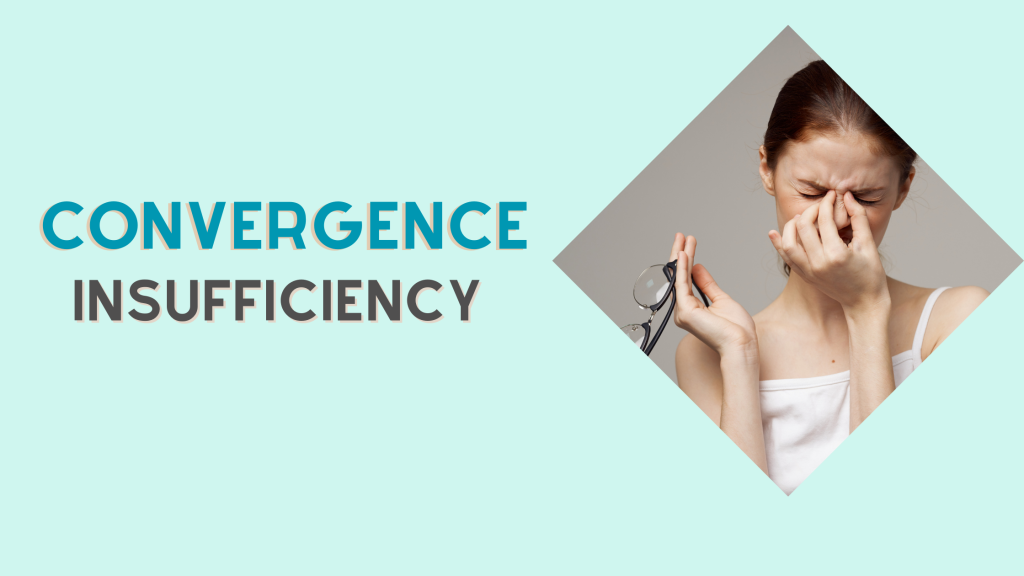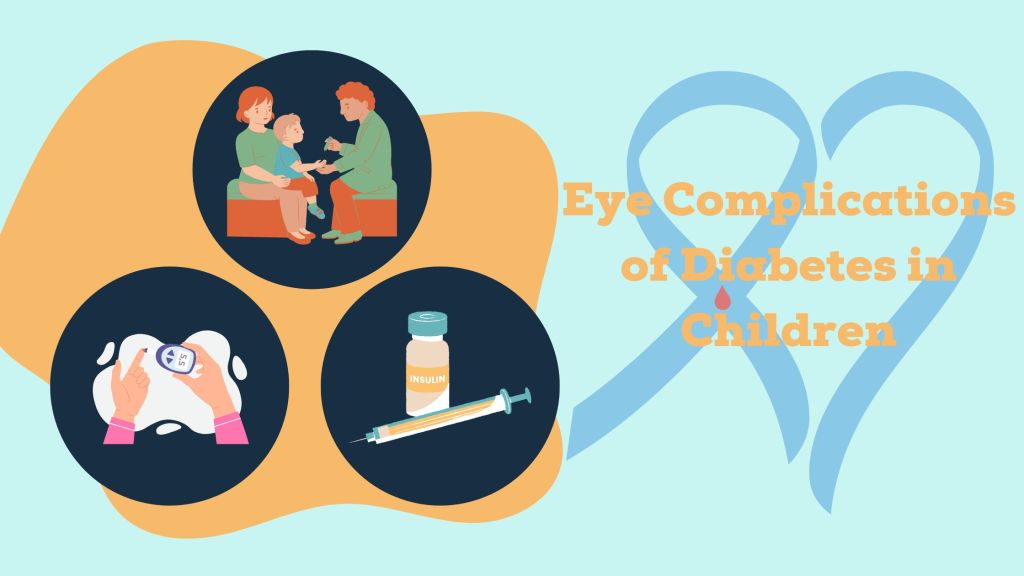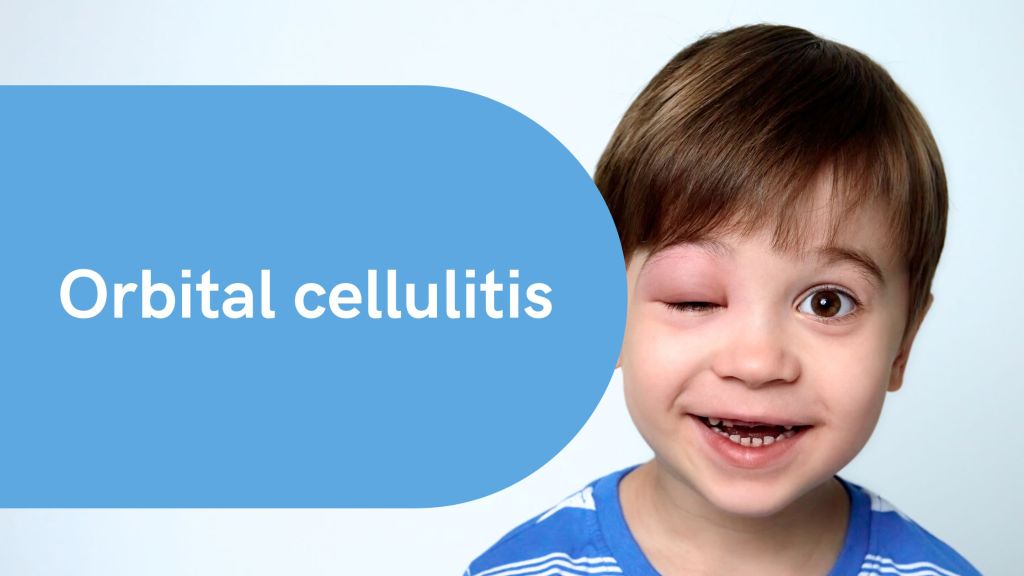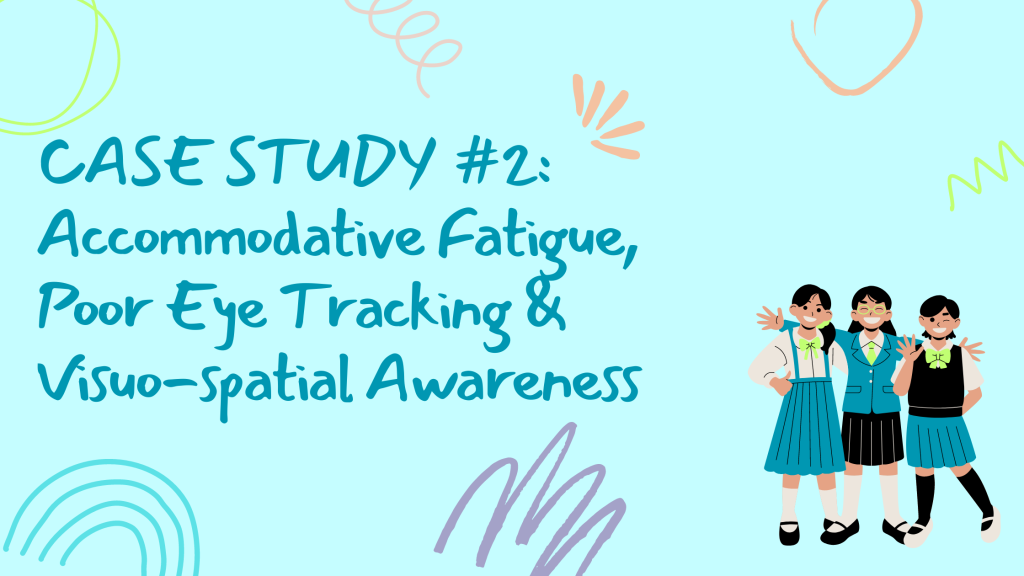Childhood eye emergencies can be alarming for both parents and children alike. Eye injuries or sudden vision changes can cause significant distress and potentially lead to long-term complications if left untreated. Knowing how to identify eye emergencies and taking immediate action can greatly minimize the risk and ensure the child’s optimal visual health.
Your guide to common eye emergencies in children
Understanding the different types of eye injuries can help you assess the severity and appropriate actions to take. Some common eye injuries in children include:
Foreign Objects in the Eye:

Children are often curious and prone to accidents, which may involve small foreign objects entering their eyes. It could be anything from dust, sand, or even small toys that make their way into the delicate structures of the eye. Depending on the foreign object, and the damage that has occurred, it is best to avoid any attempts to remove the debris with fingers as this may cause further damage. Instead, parents should encourage their child to keep their eye closed gently and seek immediate medical attention. Foreign objects such as sand can be flushed off with lukewarm water water or saline solutions.
Do not encourage the child to squint or rub the eye
Bugs in the eye:
This is another subcategory of foreign objects, but some bugs are too sticky and linger on the eye’s surface. Some may sting, lay eggs or cause immediate swelling and pain.
Consider flushing the bug out with saline solution, take an oral dose of anti-histamine to prevent an allergic reaction. It is worth seeking a professional eye exam even if the bug has successfully been removed to prevent any infections.
In cases of redness, pain and swelling, immediately apply an ice pack, take an antihistamine and seek medical attention. Ice packs slow down the swelling and make it easier to remove the bugs.
Take a dose of oral antihistamine to reduce/prevent allergic reactions and inflammation from bug eye-attacks
Chemical Burns:

Household chemicals, including cleaning solutions or garden pesticides, pose a significant risk to children’s eyes if they accidentally come in contact with them. Parents should immediately flush the affected eye with lukewarm water for about 15-20 minutes while seeking immediate medical assistance. It’s essential to keep the child calm during this process and avoid rubbing the eye, as this can further aggravate the injury.
Bleaches and laundry detergents are 2 most common eye injuries in children.
US poison control centre
Keep them safely secured away from little hands
Trauma or Blunt Force:
Children can easily sustain eye injuries during physical activities, sports, or even playtime. A blow to the eye may cause a variety of problems, including bleeding, swelling, or fractured bones around the eye socket, and double vision. In such cases, parents should gently apply a cold compress to reduce swelling, avoid applying pressure, and seek immediate medical attention to assess the extent of the injury and provide appropriate treatment.
In cases where a fracture of the oribital bones or the nose is suspected, avoid blowing out the nose as this may worsen the condition/ symptoms.
Eye Infection:
Eye infections, such as conjunctivitis (pink eye), are common in children, often resulting from bacteria or viruses. Symptoms may include redness, itching, excessive tearing, and discharge. While some eye infections may resolve on their own, it is crucial to consult a healthcare professional for a proper diagnosis and guidance on treatment to prevent any complications or spreading of the infection to others.
You can consider applying warm compress for comfort
Contact Lens Mishaps
Accidents can happen while applying contact lenses. Poke in the eye or irritation from the contact lens are very common. Ensure correct use of contact lens and strict hygiene practices are maintained to prevent any infections. Corneal irritations, ulcers and infections are very common.
Ensure contact lenses are not expired and are used more than their intended time frame, i.e: dailys are not reworn and monthlys are not used for more than a month.
It is not recommended to wear contacts for more than 8 hours per day.
Sudden Changes in Vision:
Any sudden changes in a child’s vision should be taken seriously and require immediate medical attention. Whether it be blurry vision, double vision, or difficulty focusing, these symptoms may indicate underlying eye conditions or neurological issues that warrant prompt evaluation by an eye care specialist.
Identifying Symptoms of Eye Emergencies:
Recognizing the signs and symptoms of an eye emergency in your child is crucial for prompt action. Look out for the following indications:
- Sudden or persistent eye pain
- Redness, swelling, or bleeding around the eye
- Visible scratches or cuts on the eye surface
- Foreign particles trapped in the eye
- Blurred or double vision
- Sensitivity to light or excessive tearing
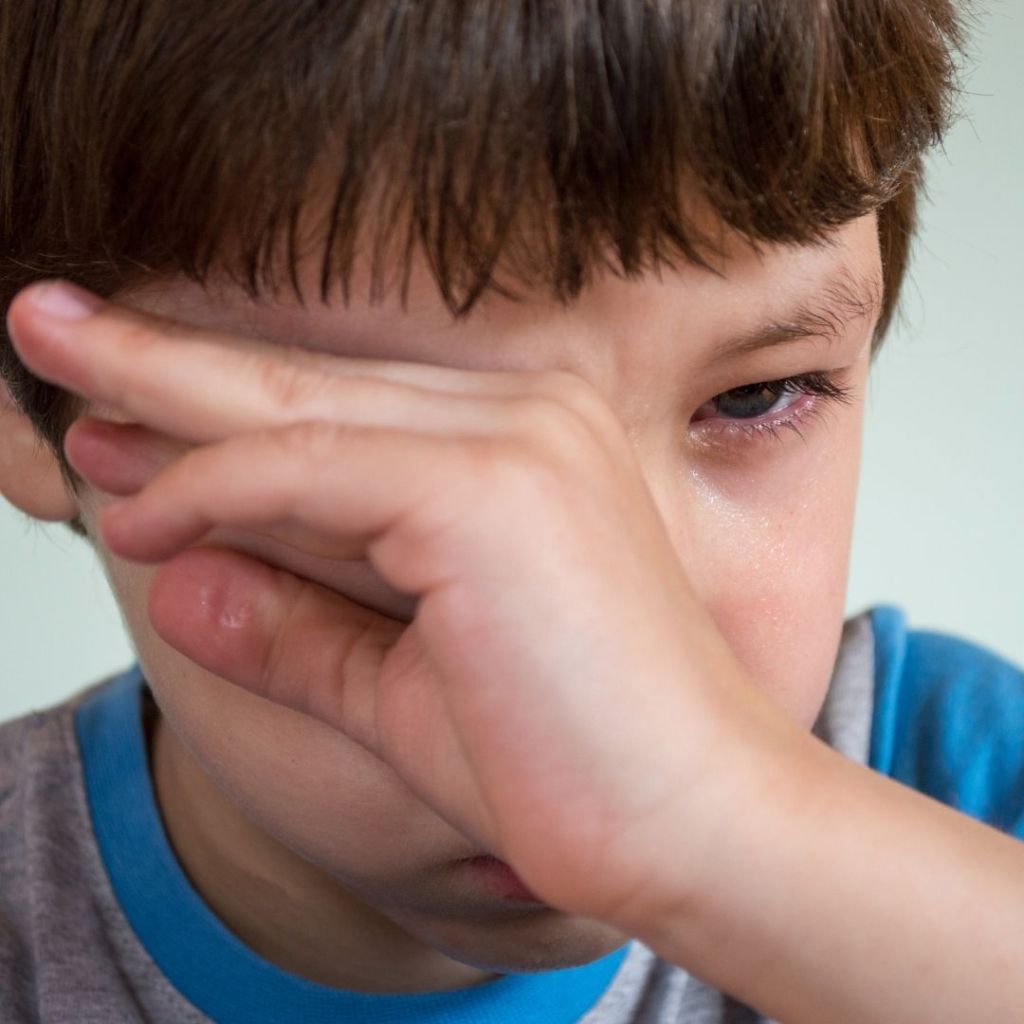
Immediate Actions:
When faced with an eye emergency, it is imperative to act swiftly and follow these initial steps:
- Stay calm and reassure your child to prevent further distress.
- Do not rub the eye, as this can exacerbate any existing damage.
- If a foreign object is visible or protruding from the eye, do not attempt to remove it yourself.
- Rinse the eye gently with clean water if there was exposure to a chemical substance.
- Place a cold compress or ice pack wrapped in a cloth over the injured eye to reduce swelling, if applicable.
- Seek immediate medical attention from an eye care professional or visit the nearest emergency room.
Prevention is Key:
Preventing eye injuries is always better than treating them. Encouraging simple safety practices can go a long way in protecting your child’s eyes:
- Encourage the use of protective eyewear during sports or activities prone to eye injuries.
- Teach your child about proper handwashing to avoid the spread of eye infections.
- Store hazardous household chemicals out of reach of children and utilize childproof caps.
- Regularly inspect toys for sharp edges or parts that could pose a risk to your child’s eyes.
- Educate your child about the importance of not rubbing or poking their eyes.

Remember, in any eye emergency, seeking professional medical help promptly can prevent potential complications and ensure that your child receives appropriate care to protect their precious eyesight.
DISCLAIMER
The information on this post is not intended or implied to be a substitute for professional medical advice, diagnosis or treatment. All content including text, graphics, images or information contained is for general information purposes only and collected through intensive personal research/ experience.
All efforts to provide accurate information has been made. However, the blog takes no responsibility on the accuracy and reliability of information and such information is subject to change without notice.
You are encouraged to confirm and review any information obtained through this site, regardless of any medical condition present or treatment with your physician.



